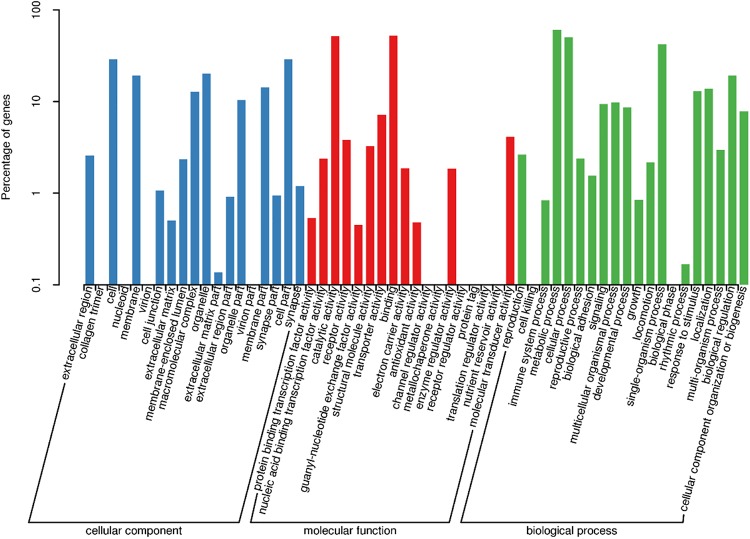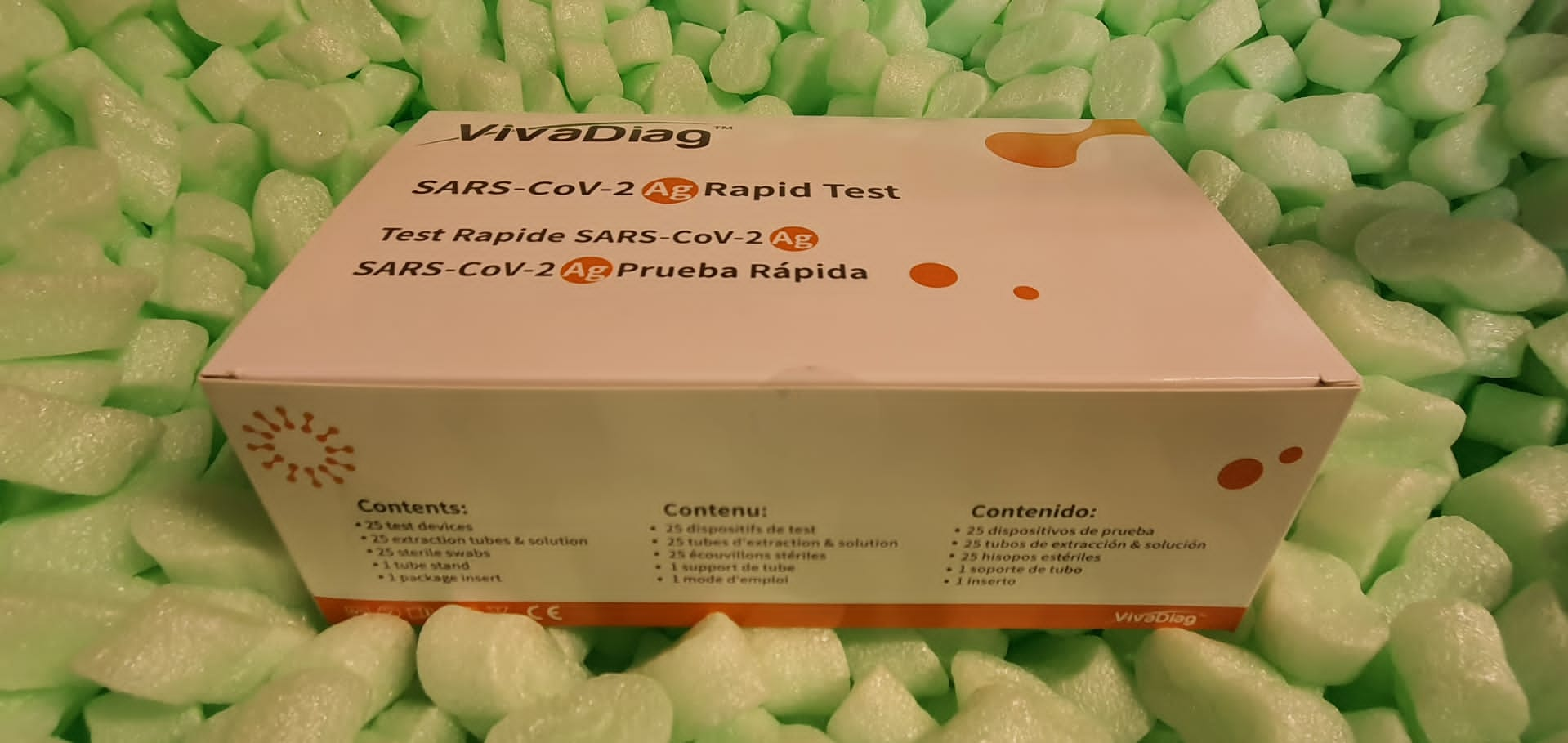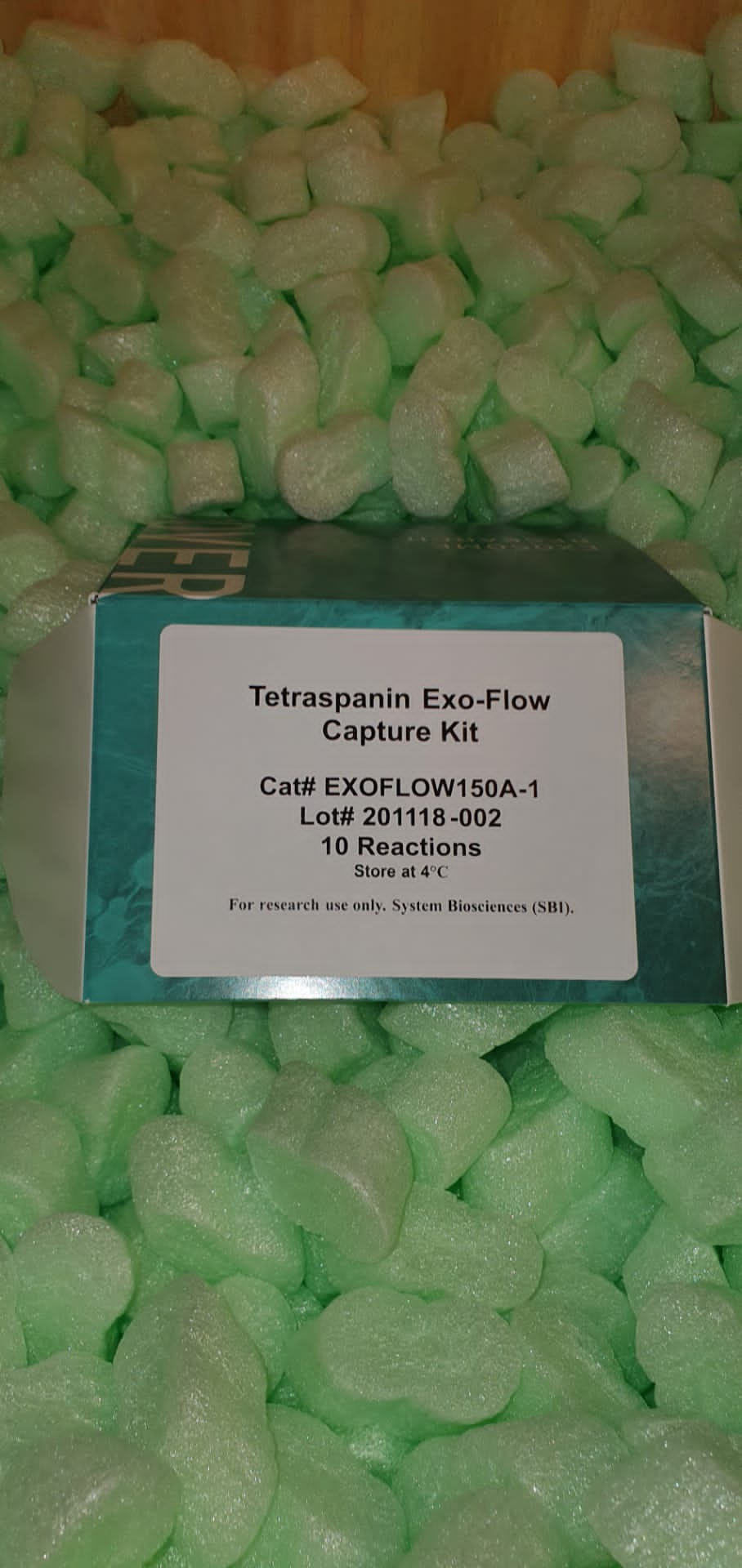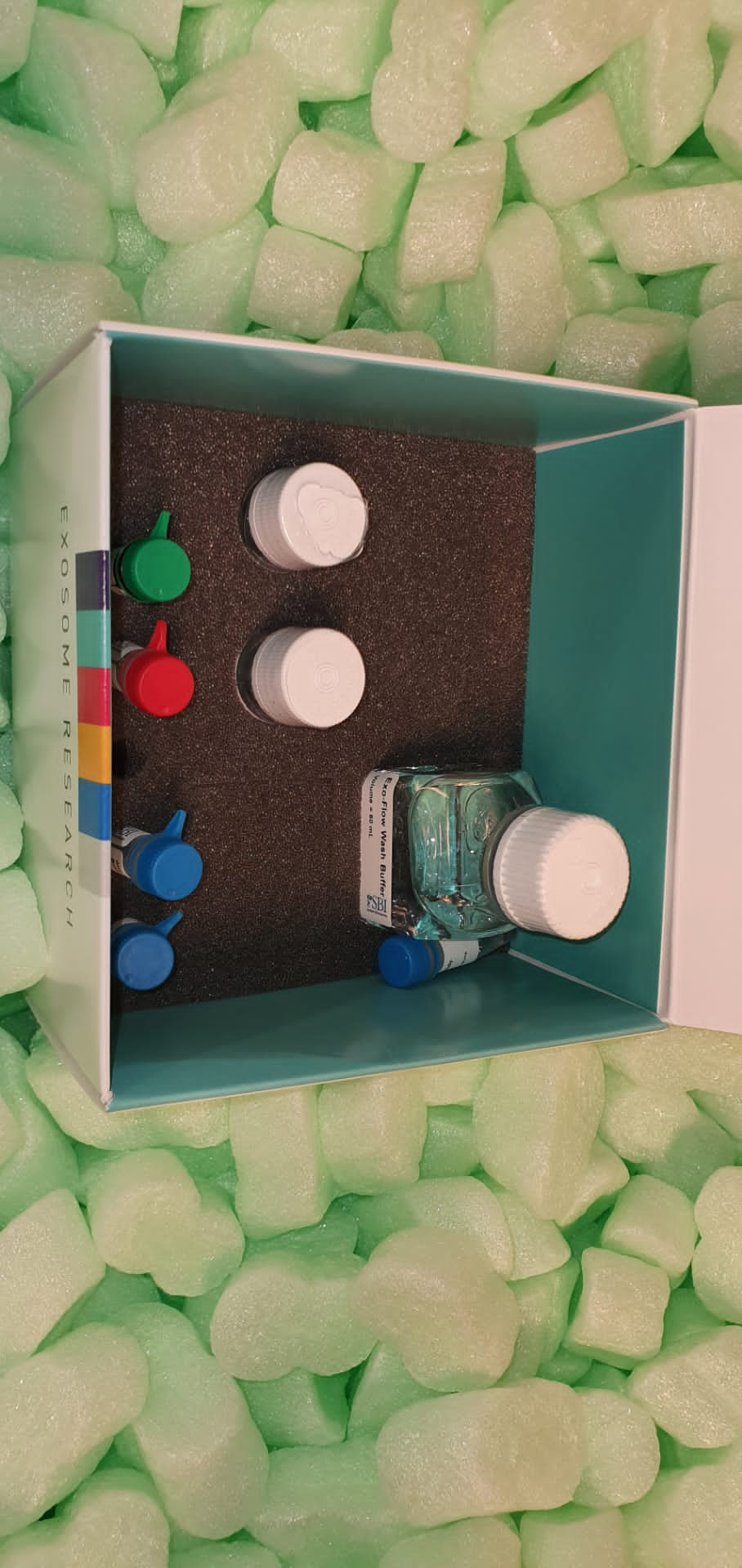Insect chemoreception, along with olfaction and gustation, consists of a quantity of households of genes, along with odorant receptors (ORs), ionotropic receptors (IRs), and gustatory receptors (GRs). The variegated cutworm Peridroma saucia Hübner (Lepidoptera: Noctuidae) is a worldwide agricultural pest that causes extreme hurt to many crops.
To set up such olfactory and gustatory receptors in P. saucia, we carried out a systematic analysis of the antennal transcriptome of grownup P. saucia by Illumina sequencing. A whole of 103 candidate chemosensory receptor genes have been acknowledged, along with 63 putative ORs, 10 GRs, 24 IRs, and 6 ionotropic glutamate receptors (iGluRs).
Phylogenetic relationships of these genes with these from completely different species have been predicted, and explicit chemosensory receptor genes have been analyzed, along with ORco, pheromone receptors (PRs), sugar receptors, CO2 receptors, and IR co-receptors. RT-qPCR analyses of these annotated genes revealed that 6 PRs have been predominantly expressed in male antennae; three ORs, 1 GR, 2 IRs, and a pair of iGluRs had larger expression ranges in male than in female antennae; and 14 ORs, 1 GR, and three IRs had larger expression ranges in female than in male antennae. This evaluation will improve the understanding of olfactory and gustatory strategies in the antennae of P. saucia and facilitates the discovery of novel strategies for controlling this pest.

Effects of temperature on baseline susceptibility and stability of insecticide resistance in opposition to Plutella xylostella (Lepidoptera: Plutellidae) in the absence of selection pressure.
Plutella xylostella L. (Lepidoptera: Plutellidae) is a essential pest inflicting essential losses to greens worldwide. Insecticides resistance in P. xylostella is a extreme topic for scientists since closing 30 years. However, deltamethrin and Bt Cry1Ac are typically used pesticides in opposition to P. xylostella nevertheless analysis involving enchancment of resistance in P. xylostella in opposition to those two pesticides at utterly completely different temperatures are lacking.
The current analysis was aimed to look out out the toxicity of deltamethrin and Bt Cry1Ac, and resistance enchancment in P. xylostella. Results confirmed that the optimistic correlation between the temperature and toxicities of deltamethrin and Bt Cry1Ac. The outcomes indicated -0.051, -0.049, -0.047, and -0.046 folds of deltamethrin resistance at 15 °C, 20 °C, 25 °C, and 30 °C temperatures, respectively from 1st to 12th generations.
The toxicity of Bt Cry1Ac after 24 h was 2.2 and 4.eight folds on 1st expertise at 20 °C and 25 °C temperatures, respectively in comparability with the toxicity recorded at 15 °C (non-overlapping of 95% confidence limits). Based on the outcomes of this analysis, it is concluded that the temperature has a optimistic correlation with the toxicity of deltamethrin and Bt Cry1Ac in opposition to the larvae of P. xylostella. This analysis signifies that deltamethrin and Bt Cry1Ac could also be included in the administration program of P. xylostella on many vegetable crops. The baseline susceptibility info could also be helpful to know the resistance mechanisms in P. xylostella.


